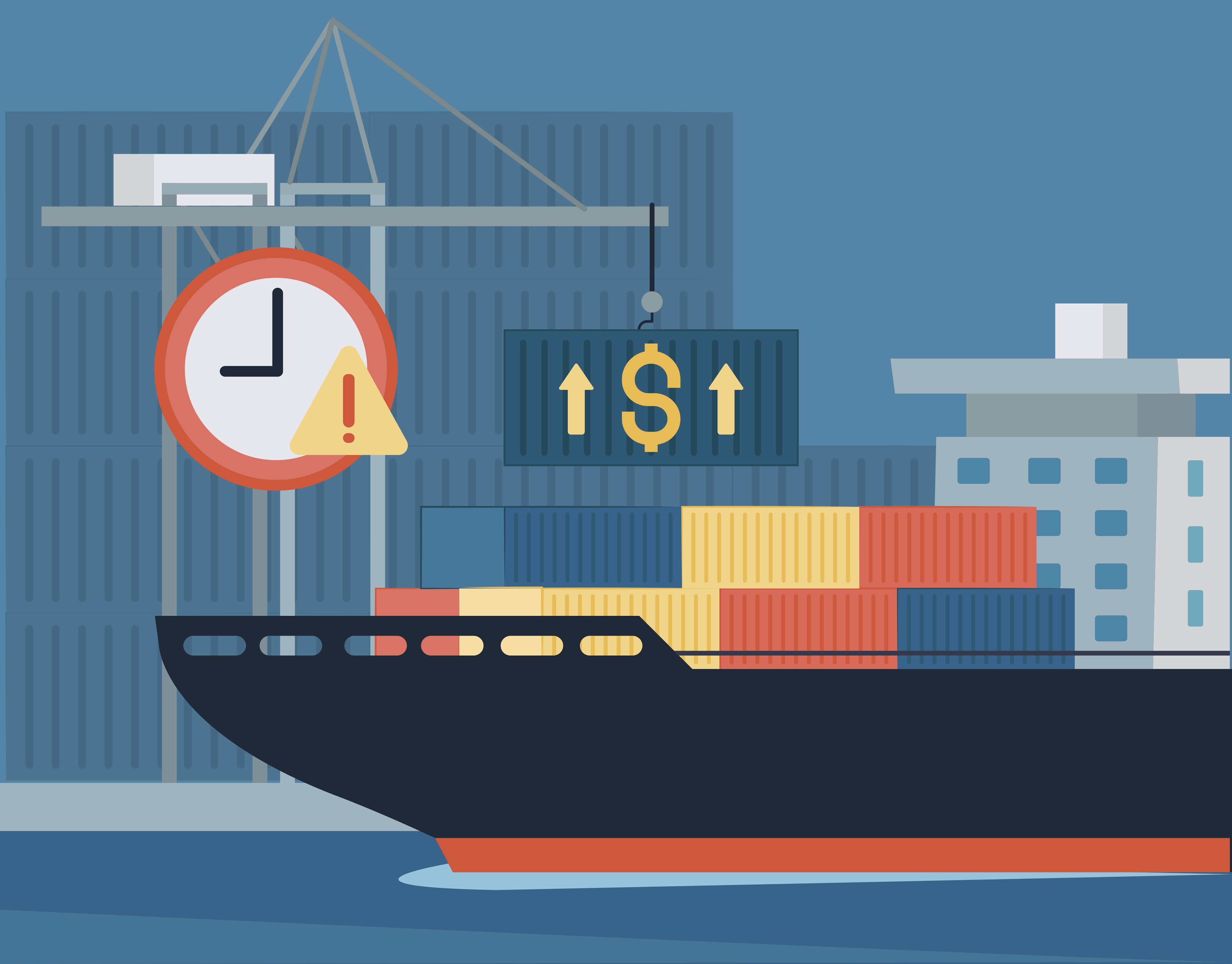In conversations about the economy, no inflation often sounds like a pleasant backdrop. Prices that do not creep upward promise predictability for households and stability for managers who plan budgets. Yet for digital platforms, subscription companies, and marketplaces, a world with no inflation would not be a neutral canvas. It would reorder incentives, expose lazy revenue mechanics, and force growth to come from real usage rather than from the quiet lift that price drift once supplied. When the background stops moving, every decision about pricing, packaging, and product value becomes visible and contestable, and that reshapes the path to durable profitability.
Consider first how pricing power is built and defended. Over the past decade many software vendors and consumer platforms trained customers to accept small yearly price increases. Those upticks often mirrored headline inflation or lagged slightly behind it, which made procurement teams and consumers shrug rather than protest. In a world without inflation, the anchor that made those increases feel normal disappears. The context shifts from keeping up with the wider price level to justifying any nominal change at all. A vendor that cannot point to clear improvements in performance, coverage, reliability, or support will find the conversation turning quickly. Buyers will not accept paying more this year when the general message from the broader economy is that prices are steady. The habit of lifting the list price because the calendar turned loses legitimacy, and the only persuasive rationale becomes the delivery of unmistakable new value.
This has a second order effect on advertising businesses. Ad markets have always been cyclical and sensitive to targeting quality and auction liquidity. They were also buoyed by the gentle rise of nominal budgets in inflationary times, which allowed planners to reset floors with less resistance. Without inflation, nominal spend does not drift up by default. Buyers will insist on the same or better outcomes at the same nominal price, and platforms cannot rely on higher CPMs to mask flat audience growth or weak engagement. The response cannot be a pricing adjustment. It must be an improvement in conversion quality, measurement credibility, and the reduction of attribution noise. The ad server can no longer monetize the calendar. It must monetize verified outcomes that withstand a flat budget world.
Marketplaces face a different pressure. When prices of goods across a marketplace are flat, any attempt to raise the take rate becomes an explicit transfer from sellers to the platform, not a minor skim from a nominally growing pie. That directness sharpens seller backlash, raises churn risk, and makes new seller acquisition more expensive unless the platform bundles services that vendors truly want to buy. Fulfillment, buyer protection, dispute resolution tools, analytics that lift sell through, and embedded finance that smooths cash cycles become the defensible ways to earn a higher share. Without background price drift, a marketplace’s negotiating leverage is revealed. If it has been collecting rent rather than building valued services, the stasis will expose that reality.
The familiar lifetime value and acquisition cost story also becomes more exacting. Many growth models quietly assume that average revenue per user will rise across a customer’s lifetime. Some of that increase reflects expansion in usage or movement into richer bundles. Some of it, however, rode on nominal price steps. In a no inflation setting, ARPU can only rise through changes in product mix, frequency, or feature adoption. That is a cleaner measure of real expansion, yet it is unforgiving to models that relied on scheduled price escalators to hit payback targets. If a business plan depends on year two and year three uplift rather than on deeper adoption and stronger retention, the spreadsheet will reveal the seams. The corrective action is not a larger top of funnel budget or a harsher discount ladder. It is a product strategy that moves users from casual use to embedded use more quickly, supported by packaging that makes the higher tier obviously worth it.
Freemium dynamics become more binary under the same logic. When the general cost of living is not rising, the opportunity cost of staying on a free plan feels lower. Users can rationalize that the premium tier is not needed to keep up with rising bills elsewhere. Conversion can no longer depend on light conveniences. It needs power features that cross a real pain threshold and control outcomes people care about. In consumer media, that might be offline sync that never fails and handoff that works across devices with no friction. In business tools, it might be automated audit logs and compliance artifacts that satisfy regulators without manual work. The free tier must teach and entice, but the paid tier must deliver something mission critical, not merely pleasant.
The wage backdrop interacts with these choices in subtle ways. If inflation is absent, wage expectations stabilize in nominal terms. That sounds like cost relief. It also removes a common vendor argument during negotiations, namely that price increases are necessary to cover rising payroll. Procurement teams will push back on list price moves that cite general cost pressures when the macro story says costs are steady. The practical outcome is a shift toward multi year price locks, clearer caps on renewal increases, and more usage based contracts. The negotiation moves from the headline price to measurable consumption that aligns with customer outcomes. Vendors that have relied on across the board list changes feel the pressure first, while those that meter on value creating events can defend their bills.
The capital structure story changes too. In inflationary environments, even modest real growth can be masked by nominal revenue drift, helping companies de leverage with time. Without inflation, deleveraging requires true unit growth and genuine margin improvement. The easy exit ramp for debt fueled expansion narrows. Fundraising narratives that leaned on price creep to expand gross margins will be reexamined. Equity stories must prove the strength of take rates, the durability of retention, and the presence of network effects that create real scale economies rather than nominal illusions. Investors will demand evidence that value is being created and captured in constant dollars.
Consumer psychology then settles into a new equilibrium. If prices remain flat for long periods, people form sharp reference points. Promotions that rely on inflated anchor prices lose credibility because the anchor never moved to begin with. Dynamic pricing retains a role for balancing load and stimulating demand, but constant oscillation reads as gamesmanship rather than value. The better strategy is to define predictable tiers with clear fences and to deliver guarantees that map to outcomes buyers care about. In storage, that may be latency guarantees rather than marketing names for capacity. In mobility, that may be reliability windows rather than surprise surges. When the backdrop is steady, fairness is judged more rigorously.
Hardware and logistics businesses encounter the effect through cost curves and pass through choices. If components get cheaper through learning effects while sticker prices remain constant, margins expand. Integrated platforms that sell devices tied to services can use that surplus to strengthen the ecosystem. Yet in a no inflation regime, aggressive pass through becomes a weapon for challengers. Incumbents must decide what to keep and what to share. Hold on to too much of the cost improvement and you invite a price war. Share too much and you train users to pay less for the same bundle. Brand, ecosystem lock, and switching friction become the real defenses. If your device is only a container for a commodity service, the surplus will be competed away.
Inside companies, planning culture shifts. Finance teams stop inserting a catch all line for general price environment. Roadmaps must draw an explicit line from feature delivery to monetization because the ritual of annual rate hikes is harder to defend. Customer success becomes a revenue engine in a literal sense. The job is to drive adoption of features that earn expansion, not to argue for increases that the backdrop no longer validates. The strongest operators align product analytics, packaging, and billing so that expansion is treated as a design problem rather than a negotiation problem. This alignment pushes teams to measure time saved, revenue gained, risks reduced, or compliance assured, and to present those proofs in a way that helps procurement say yes without appealing to macro conditions.
For founders who learned their craft in inflation flavored years, this world demands new reflexes. It favors mix shift over blanket price lifts. It rewards usage based pricing that meters on events tied to customer outcomes rather than vanity metrics. It pushes teams to replace yearly list price rituals with shorter packaging experiments that make every step up in tier obviously worth it. It requires investments in measurement that produce persuasive, audit ready stories about value delivered. And it invites a different approach to leadership hiring and retention, because if wages are steady the competition for top product and infrastructure talent tilts toward mission clarity, model health, and the credibility of the growth story rather than toward nominal cash alone.
The traps revealed by no inflation are instructive. If your unit economics require rolling cohorts into higher priced plans on a schedule to work, you likely have a product problem disguised as a pricing plan. If your revenue plan depends on procurement accepting an annual price increase with no change in value, that plan sits on a weak foundation. If your marketplace narrative celebrates rising gross merchandise value while order volume is flat, your take rate ambition will collide with reality once nominal drift is gone. Clean models can feel unforgiving, but they are healthier. They remove excuses that were previously provided by the macro backdrop and force a direct accounting of where value is created and who keeps it.
For consumers, no inflation may feel like calm. For operators, it functions as a filter. It filters out models that depended on background price drift and rewards the ones that can prove value in constant dollars. It tightens the link between product and revenue, reshapes negotiations from price defense to outcome proof, and channels creativity toward packaging and measurement rather than toward clever calendar based pricing. Growth is still possible, but it must be earned through adoption, retention, and genuine impact. In a world with no inflation, the label product led growth only applies when the product truly leads.









.jpg&w=3840&q=75)




